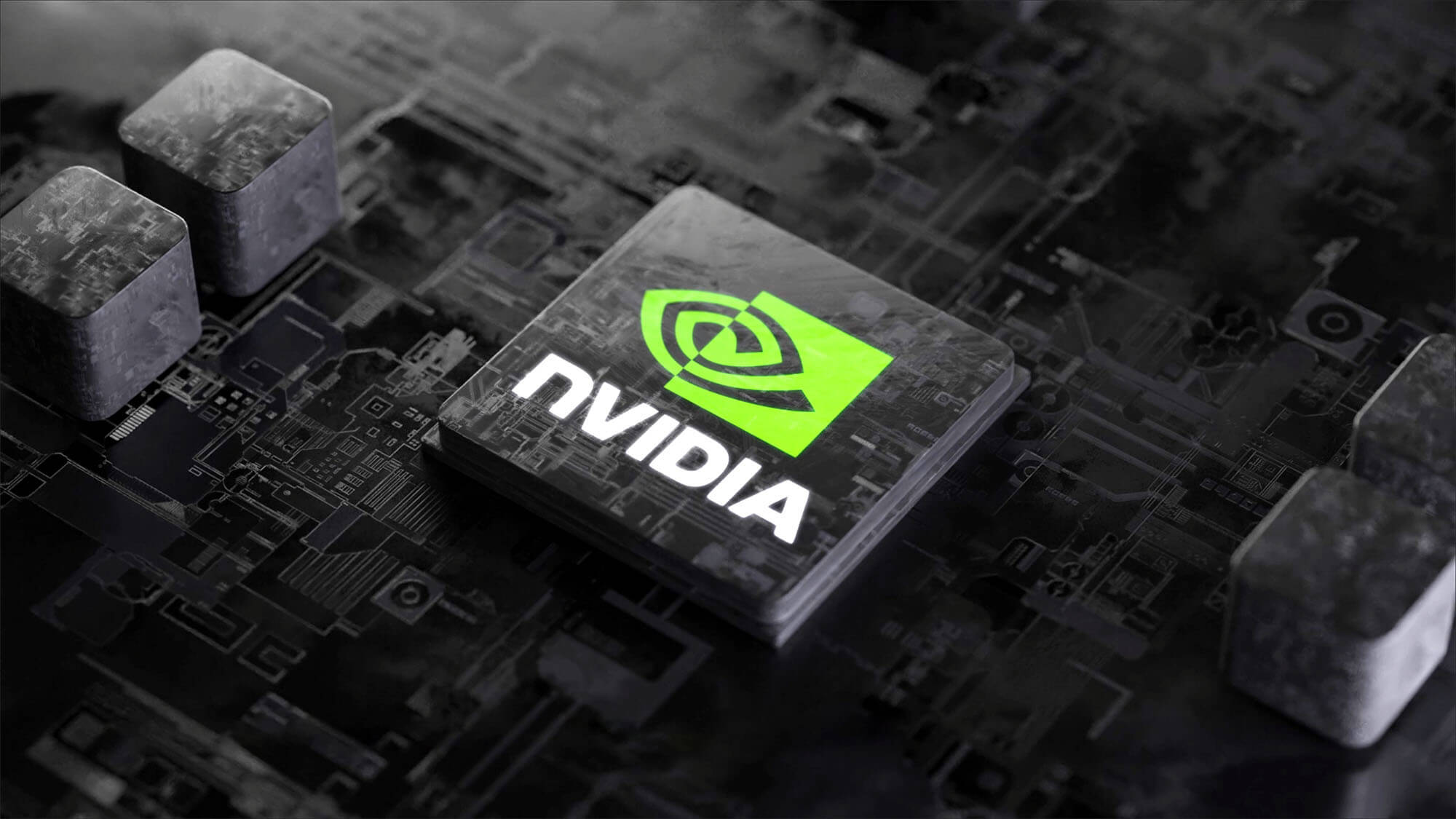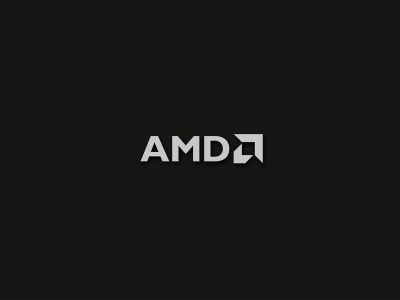Nvidia's Soaring Stock, Beats Tesla and the Fantasy of Its Valuation

On May 25th, Nvidia experienced a remarkable surge in its stock price, gaining $184 billion in a single day and surpassing Tesla in market capitalization. The driving force behind this exponential growth is the market's intoxication with Artificial Intelligence (AI) and Nvidia's pivotal role in providing graphics processors for AI applications. However, despite the euphoria surrounding Nvidia's prospects, a top analyst warns that the stock is now "priced for fantasy." This article examines the factors contributing to Nvidia's meteoric rise, evaluates the challenges it faces in justifying its valuation, and provides a sobering perspective on the investment outlook.
Unleashing the Power of AI
Nvidia's CFO, Colette Kress, highlighted the company's vision of capturing the massive expansion opportunities presented by the transition of data centers to AI-driven computing. The integration of generative AI and the skyrocketing demand for compute power are expected to drive Nvidia's growth exponentially. CEO Jensen Huang's optimistic forecast, emphasizing the potential for applying AI to every aspect of business and society, further fueled the rally in big tech stocks. Investors had already factored in a significant premium for Nvidia's grand vision, but it was the substantial lift in guidance for Q2 that triggered the extraordinary surge in the stock price.
A Stratospheric Valuation
The surge in Nvidia's stock price presents a challenge for prospective investors seeking reasonable returns. The company's valuation, which now exceeds $939 billion, places it among the top-tier trillion-dollar club, alongside Apple, Microsoft, Amazon, and Google. However, what sets Nvidia apart is its astronomical price-to-earnings (PE) ratio, which, even assuming it achieves its Q2 revenue growth target of over 50%, would be approaching 80. In contrast, established trillion-dollar companies like Apple have much lower PE ratios, making Nvidia's valuation seem increasingly unrealistic.
The Mountain Nvidia Must Climb
To justify its current valuation and aspirations of joining the trillion-dollar club, Nvidia must achieve remarkable earnings growth over the next decade. Assuming a target return of at least 10% annually, Nvidia would need to reach a valuation of $2.5 trillion by spring 2033. This would require the company to maintain an average annual earnings growth rate of 27% for ten years, surpassing even the largest earner in the United States, Apple. Furthermore, Nvidia's success hinges on its ability to fund new manufacturing facilities to drive its AI expansion, potentially necessitating share dilution.
The Reality Check
David Trainer, founder of investment research firm New Constructs, warns that Nvidia's current valuation reflects unrealistic expectations. While acknowledging that several tech giants have achieved extraordinary growth, he deems Nvidia's valuation to be "priced for fantasy." Comparing it to Amazon and Meta (formerly Facebook), Trainer asserts that Nvidia is already over 80% as expensive as Amazon and significantly more costly than Meta. Although Nvidia may thrive as a company, investing in it at its current valuation could lead to disappointment, as the market has already factored in lofty expectations.
In conclusion, Nvidia's dramatic surge in stock price reflects the market's enthusiasm for AI and its belief in Nvidia's role as a key player in the sector. However, cautionary voices warn that the stock is now "priced for fantasy." Nvidia's stratospheric valuation, coupled with the substantial earnings growth it must achieve to justify its price, present significant challenges. Investors are urged to exercise restraint, evaluate the numbers soberly, and avoid being swayed solely by the intoxicating vision of AI's potential. While Nvidia may remain a successful company, the current expectations embedded in its price could result in a painful reckoning for investors.









